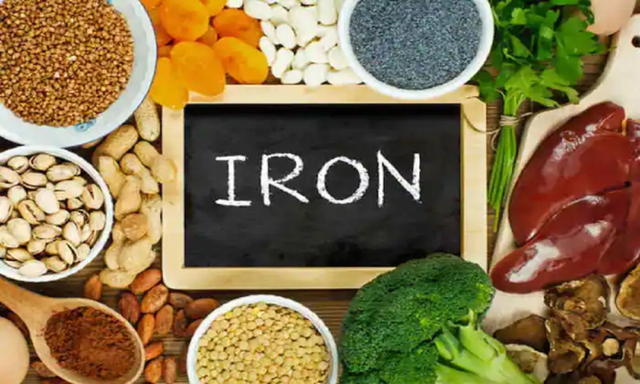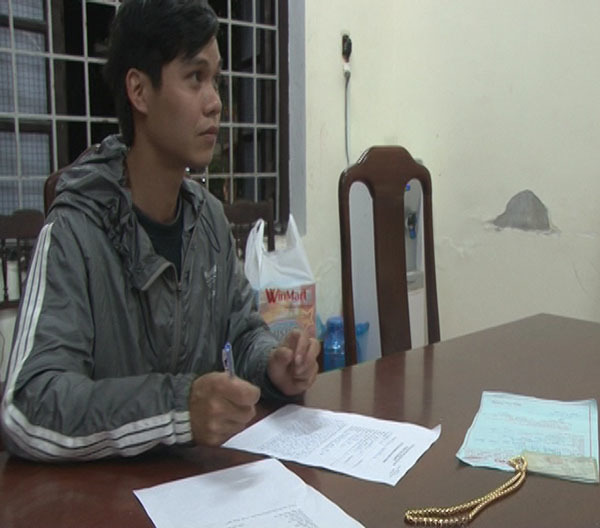Signs of an iron deficiency in the body
Iron is an extremely important mineral for our body. Iron helps transport oxygen throughout the body and is an important component of hemoglobin (hemoglobin), the substance in red blood cells that carries oxygen from the lungs to all parts of the body. Hemoglobin represents about two-thirds of the body’s iron. If Iron deficiency, the body cannot make enough healthy oxygen-carrying red blood cells. A lack of red blood cells is called iron deficiency anemia (IDA).

According to India.com, there are currently about 2.3 billion people globally suffering from anemia, an estimated half is due to iron deficiency. Patients experience symptoms such as frequent fatigue, dizziness, pallor, and impaired immunity, thereby affecting their quality of life, mobility, and productivity. Many patients have no symptoms. Southeast Asia and Africa are the two regions that continue to report the highest rates of anemia, accounting for 85% of cases reported globally.
Dr. Subhaprakash Sanyal, head of the Department of Hematology & Bone Marrow Transplantation, Fortis Mulund Hospital, listed several symptoms of iron deficiency, including:
Fatigue or weakness Pale or yellow skin Difficulty breathing Dizziness or lightheadedness Headache Fast or irregular heartbeat Chest tightness Cold feet and hands Brittle, cracked, spoon-shaped nails Hair loss Dry mouth, cracked corners mouth or mouth sores Pica syndrome (craving for non-food items, such as dirt, starch, clay, or ice) Pain and swelling of the tongue Restless legs syndrome (feeling like you want to shake your legs when you’re walking) on the bed)
How much iron do you need?
This depends on your age, gender and overall health. In general, babies and toddlers need more iron than adults because their bodies are growing so quickly. In older children, boys and girls need about the same amount of iron (10 mg per day for children 4 to 8 years old and 8 mg per day for children 9 to 13 years old).
In adults, women need more iron because they lose blood each month during menstruation. That’s why women aged 19 to 50 need 18 mg of iron a day, while men of a similar age can only need 8 mg.
In addition, you may need more iron, either from food sources or from iron supplements, if you:
Are pregnant or breast-feeding Have kidney failure (especially if you’re on dialysis, which can remove iron from your body) Have sores, which can cause blood loss Have a digestive disorder that makes it impossible for your body to absorb normally absorb iron (such as celiac disease, Crohn’s disease, or colitis) Taking too many antacids, which can prevent the body from absorbing iron Have had weight loss surgery Get a lot of exercise (intensity exercise) high levels can destroy red blood cells) If you’re a vegetarian or vegan, you may also need to take an iron supplement, as your body doesn’t absorb the iron found in plants as well as in meat.
Foods that contain iron
You can easily get iron through your diet by adding the following foods:
– Different types of meat like beef, lamb, pork, liver, chicken
– Legumes such as chickpeas, lentils, dried beans, peas
– Vegetables like spinach, green beans, broccoli, Brussels sprouts
Other foods such as eggs, fish, cereals and whole grains.
* Invite readers to watch programs broadcast by Vietnam Television on TV Online and VTVGo!
at Blogtuan.info – Source: vtv.vn – Read the original article here



